General description
PTPRZ1 (protein tyrosine phosphatase, receptor-type, Z polypeptide 1) is a transmembrane protein, which belongs to the receptor-type PTP (RPTP) protein subfamily, the members of which resemble cell adhesion molecules. This protein has three isoforms called PTPRZ-A, PTPRZ-B and phosphacan. The N- termini of all the three isoforms contain a carbonic anhydrase-like (CAH) and a fibronectin type III (FNIII) domain. PTPRZ-A and phosphocan contain a spacer having chondroitin sulfate proteoglycan attachment sites, which is absent in PTPRZ-B. This protein is expressed in multiple tumors, and has a normal expression profile in the central nervous system of mammals.
PTPRZ1 is mapped to human chromosome 7q31.32.
Immunogen
Receptor-type tyrosine-protein phosphatase zeta precursor recombinant protein epitope signature tag (PrEST)
Application
Anti-PTPRZ1 antibody produced in rabbit has been used in:
- immunofluorescence
- western blotting
- confocal imaging
Anti-PTPRZ1 antibody produced in rabbit, a Prestige Antibody, is developed and validated by the Human Protein Atlas (HPA) project . Each antibody is tested by immunohistochemistry against hundreds of normal and disease tissues. These images can be viewed on the Human Protein Atlas (HPA) site by clicking on the Image Gallery link. The antibodies are also tested using immunofluorescence and western blotting. To view these protocols and other useful information about Prestige Antibodies and the HPA, visit sigma.com/prestige.
Biochem/physiol Actions
PTPRZ1 (protein tyrosine phosphatase, receptor-type, Z polypeptide 1) plays an essential part in the control of cell growth and motility. This protein, especially its isoform PTPRZ-B, is over-expressed in gliomas, and the different domains of PTPRZ-B, differentially control the proliferation and migration of glioma cells. In renal cell carcinoma (RCC) with von Hippel-Lindau (VHL) inactivation, PTPRZ1 enhances the nuclear expression of β-catenin. This promotes the proliferation of VHL-inactive RCC cells. It is under-expressed in head and neck squamous cell carcinoma (HNSCC), which leads to activation of Met protein. Met protein in turn promotes HNSCC metastasis. It acts as an oncogene in small-cell lung carcinoma, where it controls the phosphorylation of calmodulin, and the progression of tumor. It is also up-regulated in human neuroendocrine tumor (NET) cells, and might have potential as a therapeutic target for the same.
Features and Benefits
Prestige Antibodies® are highly characterized and extensively validated antibodies with the added benefit of all available characterization data for each target being accessible via the Human Protein Atlas portal linked just below the product name at the top of this page. The uniqueness and low cross-reactivity of the Prestige Antibodies® to other proteins are due to a thorough selection of antigen regions, affinity purification, and stringent selection. Prestige antigen controls are available for every corresponding Prestige Antibody and can be found in the linkage section.
Every Prestige Antibody is tested in the following ways:
- IHC tissue array of 44 normal human tissues and 20 of the most common cancer type tissues.
- Protein array of 364 human recombinant protein fragments.
Linkage
Corresponding Antigen APREST71554.
Physical form
Solution in phosphate-buffered saline, pH 7.2, containing 40% glycerol and 0.02% sodium azide
Legal Information
Prestige Antibodies is a registered trademark of Sigma-Aldrich Co. LLC
Disclaimer
Unless otherwise stated in our catalog or other company documentation accompanying the product(s), our products are intended for research use only and are not to be used for any other purpose, which includes but is not limited to, unauthorized commercial uses, in vitro diagnostic uses, ex vivo or in vivo therapeutic uses or any type of consumption or application to humans or animals.
Shipping Information:
Dry Ice Surcharge & Ice Pack Shipments: $40
More Information: https://cenmed.com/shipping-returns
- UPC:
- 51172313
- Condition:
- New
- Availability:
- 3-5 Days
- Weight:
- 1.00 Ounces
- HazmatClass:
- No
- MPN:
- HPA015103-100UL
- Temperature Control Device:
- Yes












